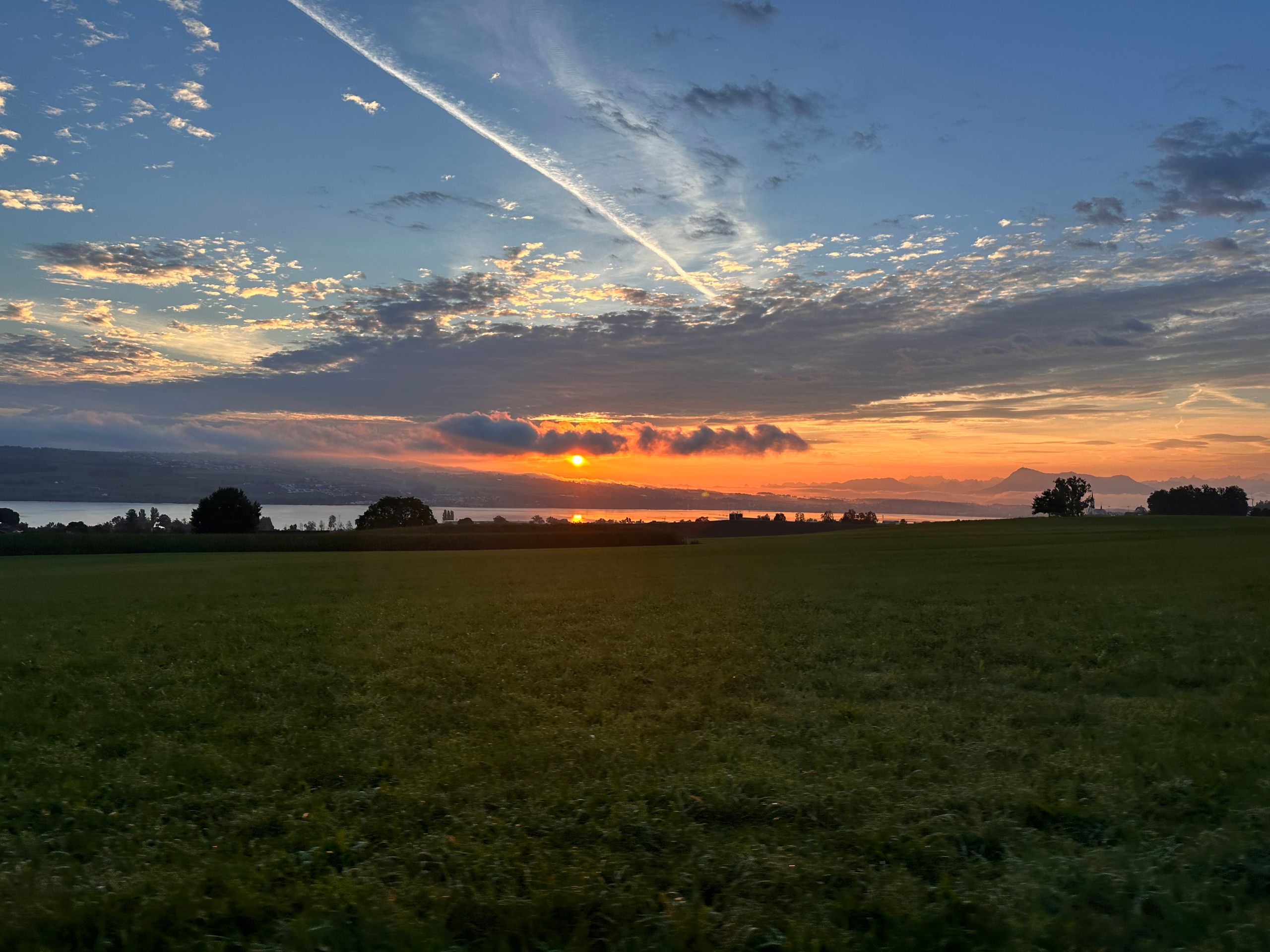Sant Antoni de Calonge, a day without golf
已发表: 17.10.2024
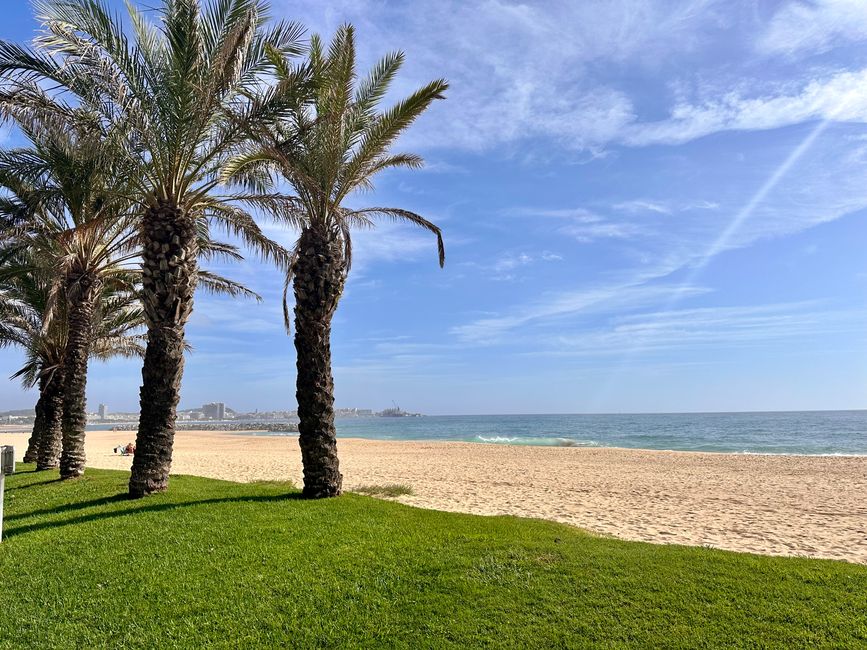
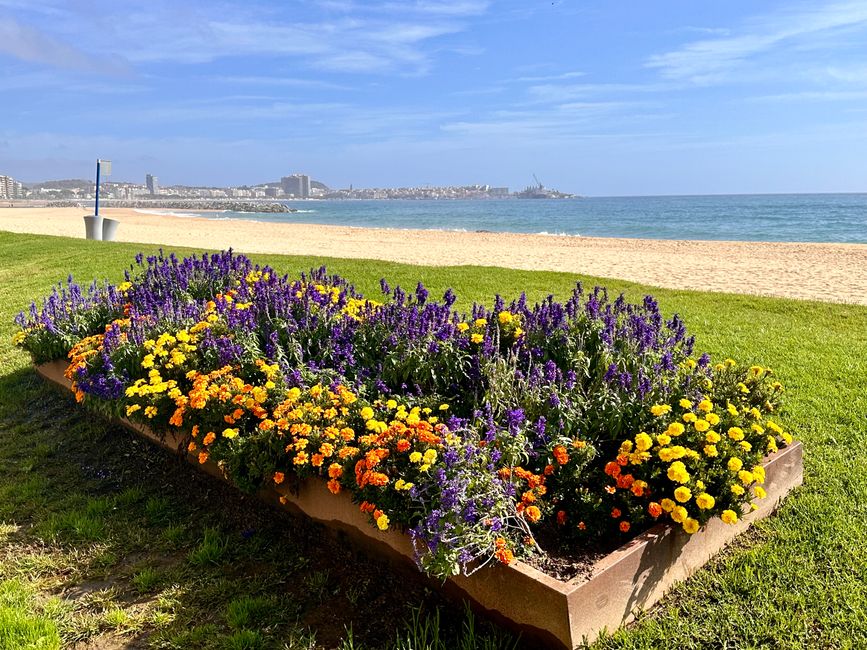
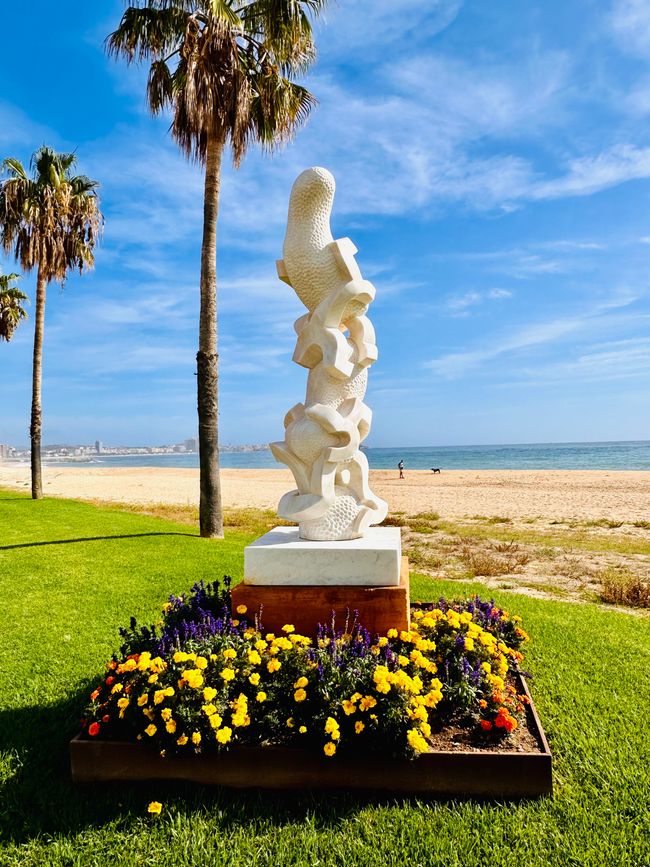
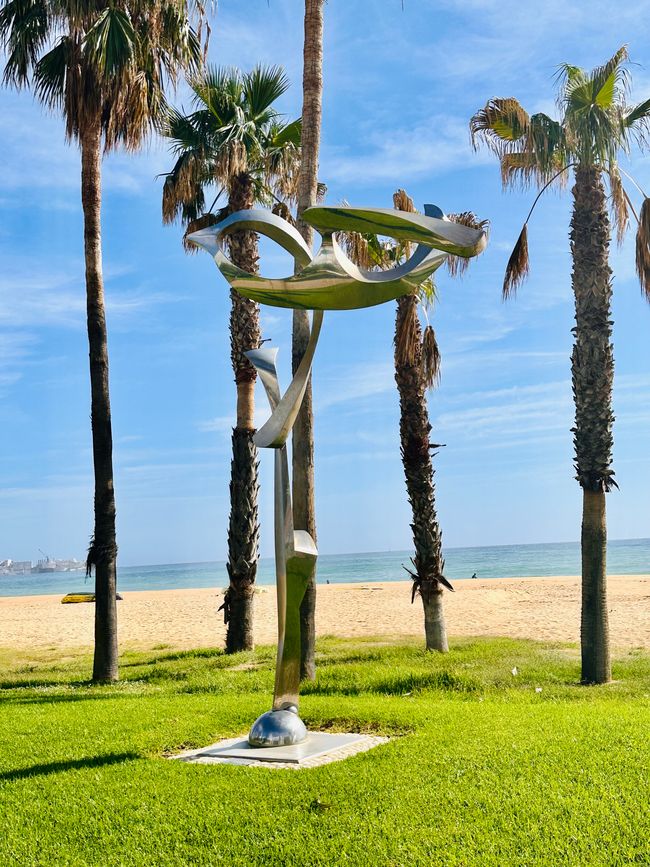
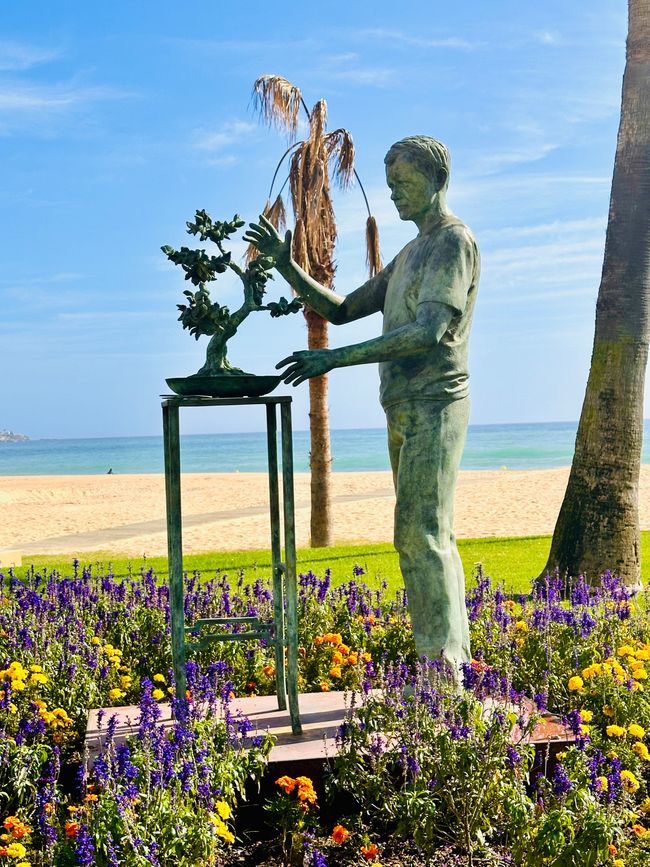
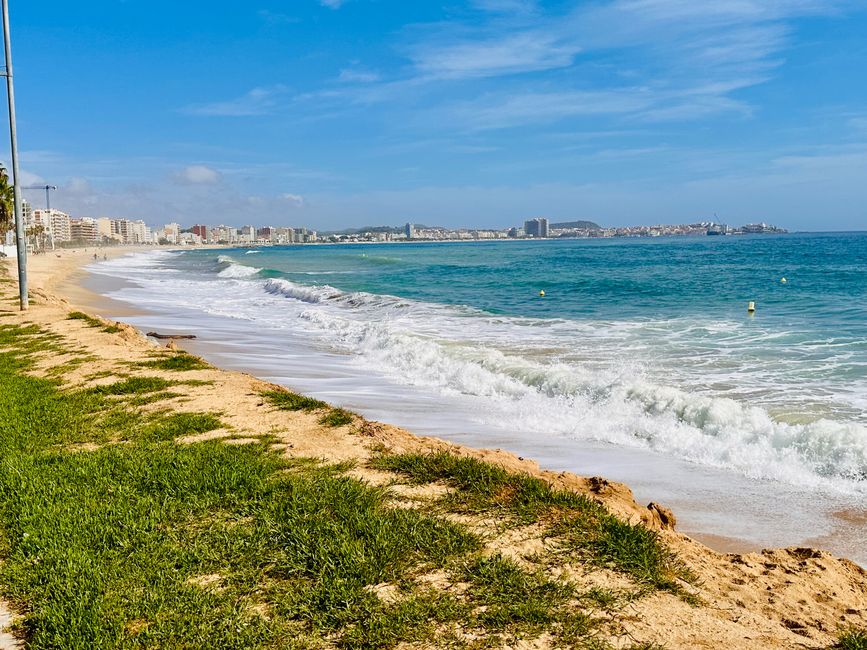
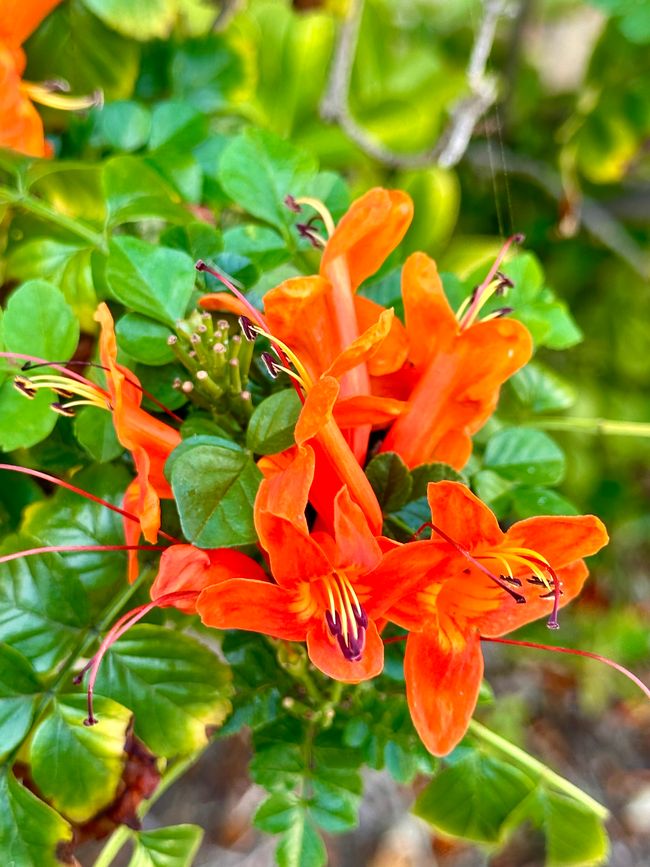
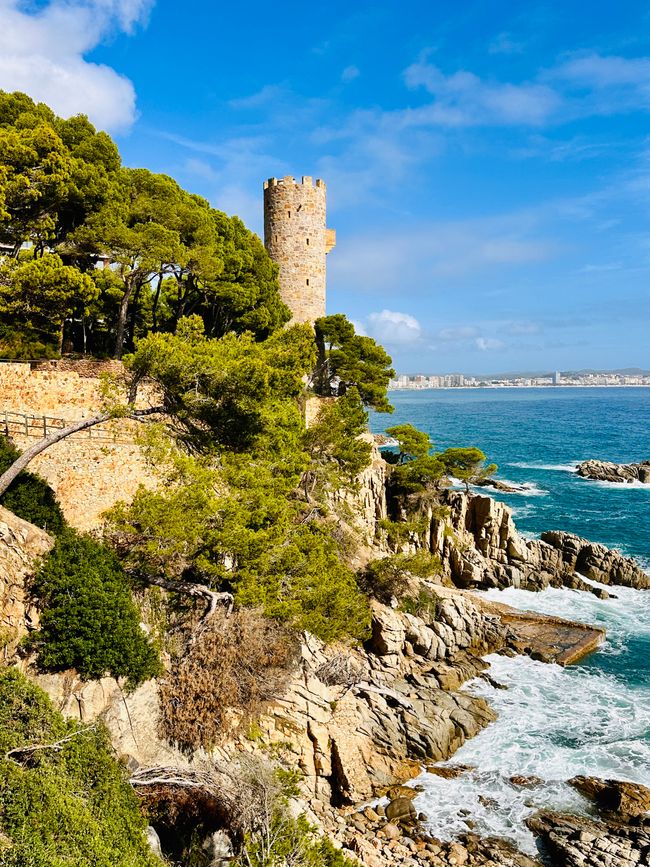
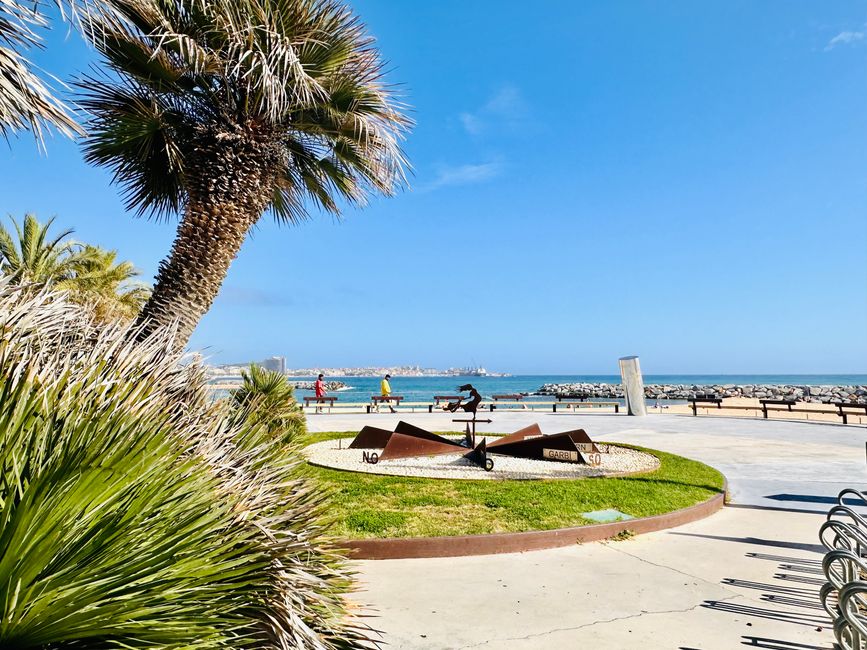
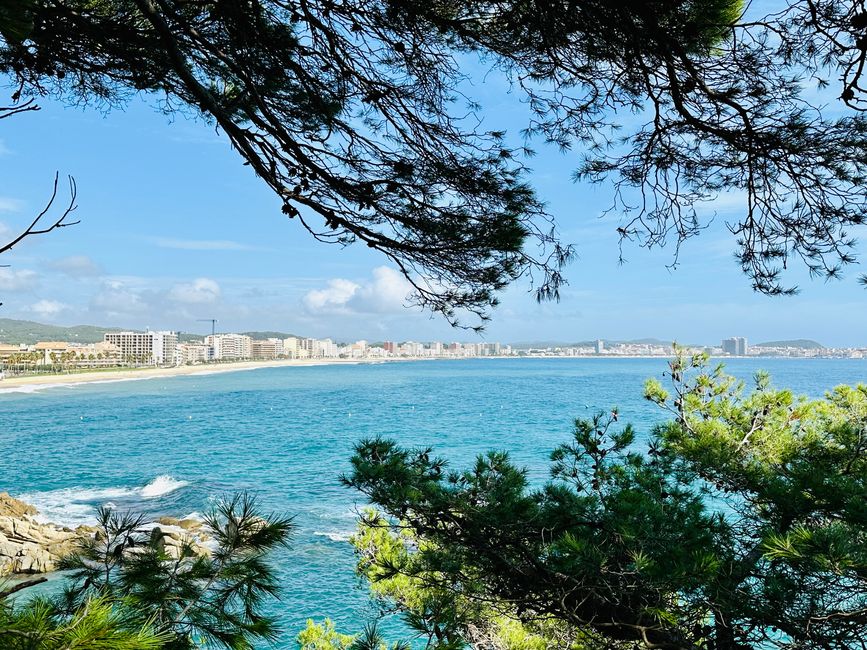
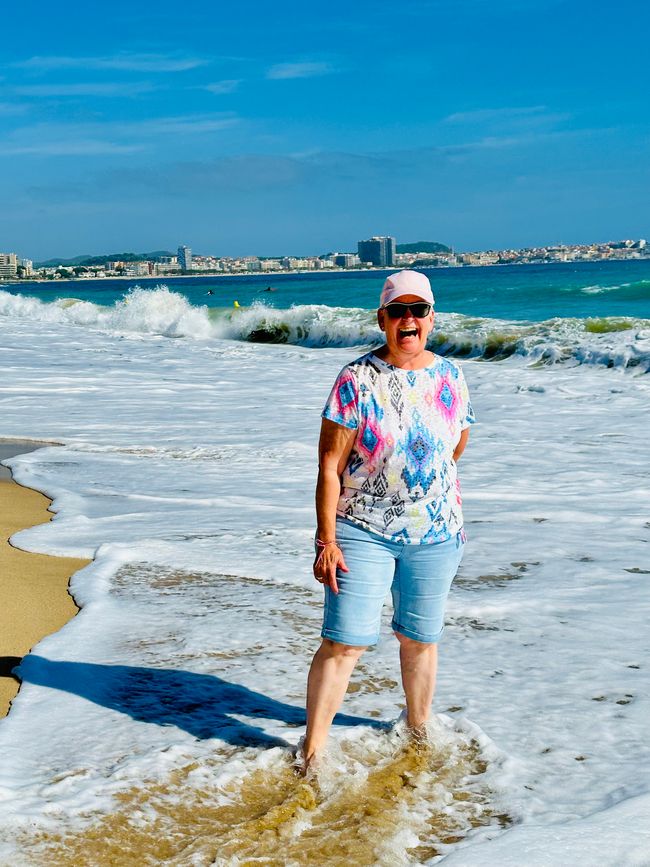
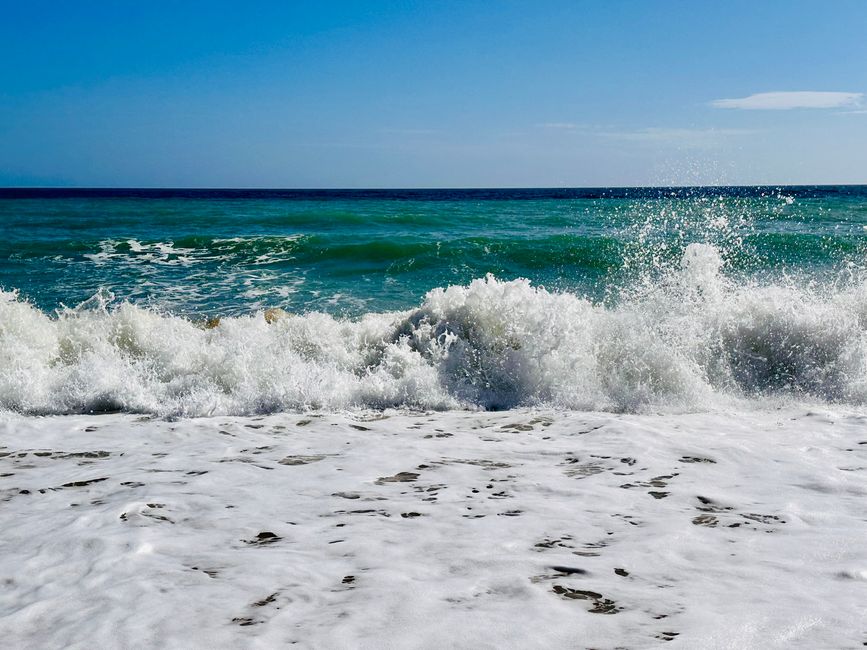
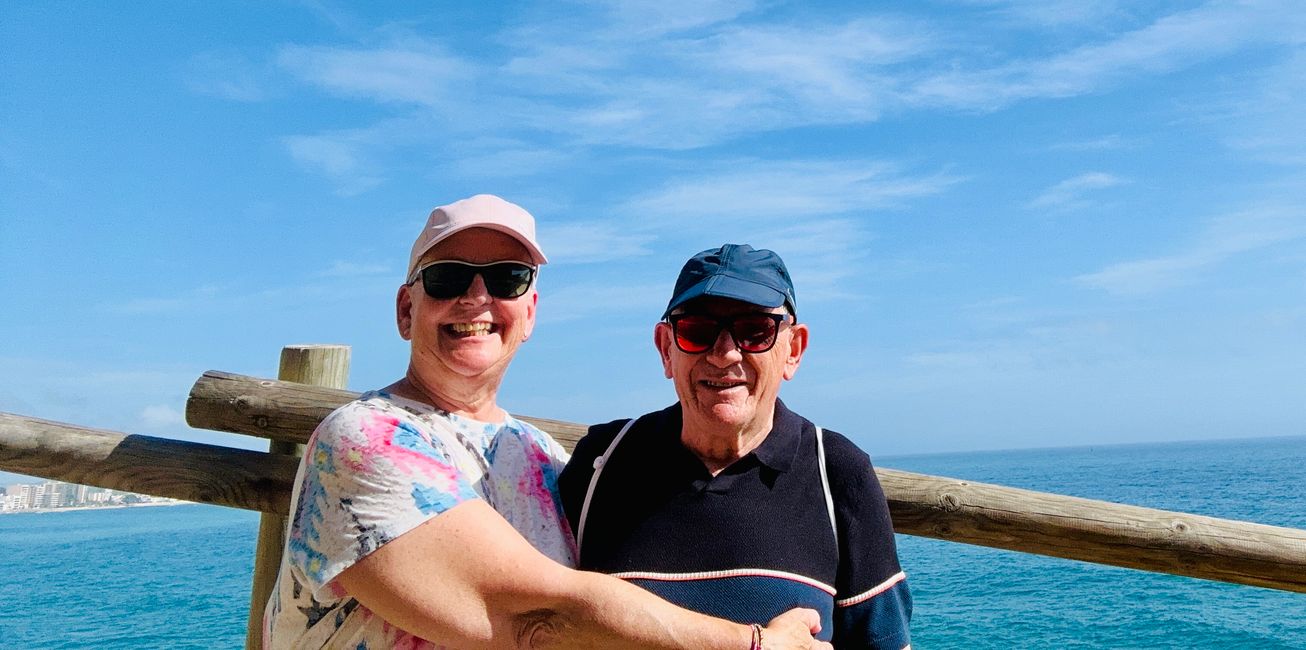
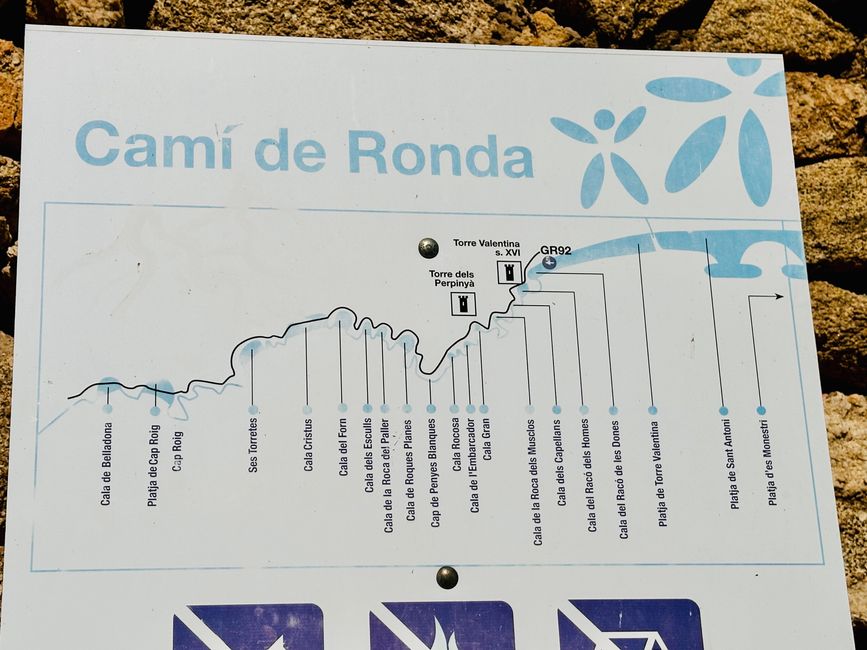

订阅时事通讯
Today was, as mentioned, a day without golf. We could sleep in, enjoy a leisurely breakfast, and relax extensively to recharge our energies for tomorrow.
Around noon we decided to go to the sea and take a walk on the beach. We ended up in Sant Antoni de Calonge. Sant Antoni de Calonge is a district of the city of Calonge. Long sandy beaches and behind them a long row of apartment blocks seamlessly transitioning into the neighboring city of Palamós, this is how the resort on the Costa Brava appears.
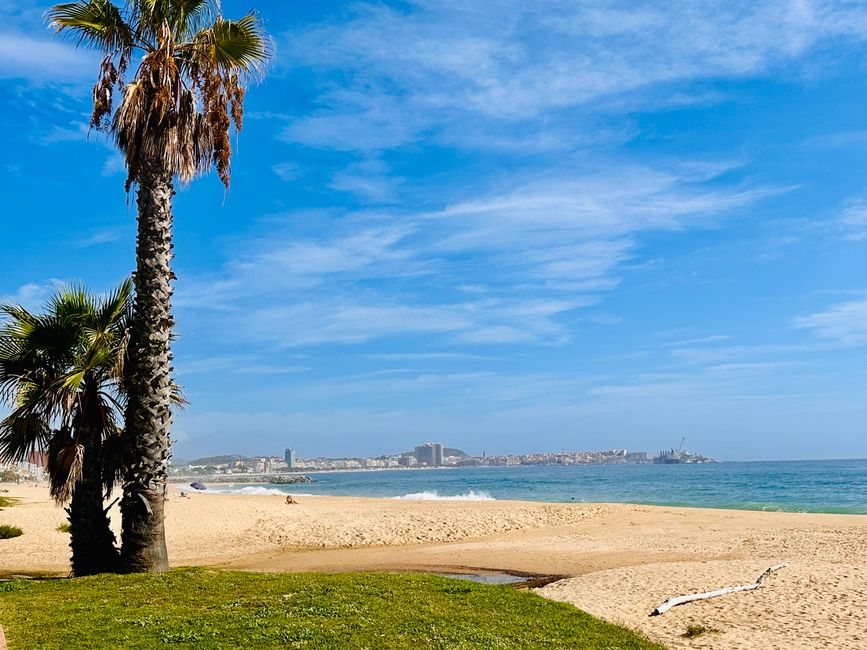
Originally, in Sant Antoni there was only the small harbor of the city of Calonge, which lies away from the coast in the hinterland. Today, the resort is a popular holiday destination.
The beaches are very bustling in summer, and today we were practically alone. The beach of Sant Antoni de Calonge stretches for several kilometers and offers soft golden sand.
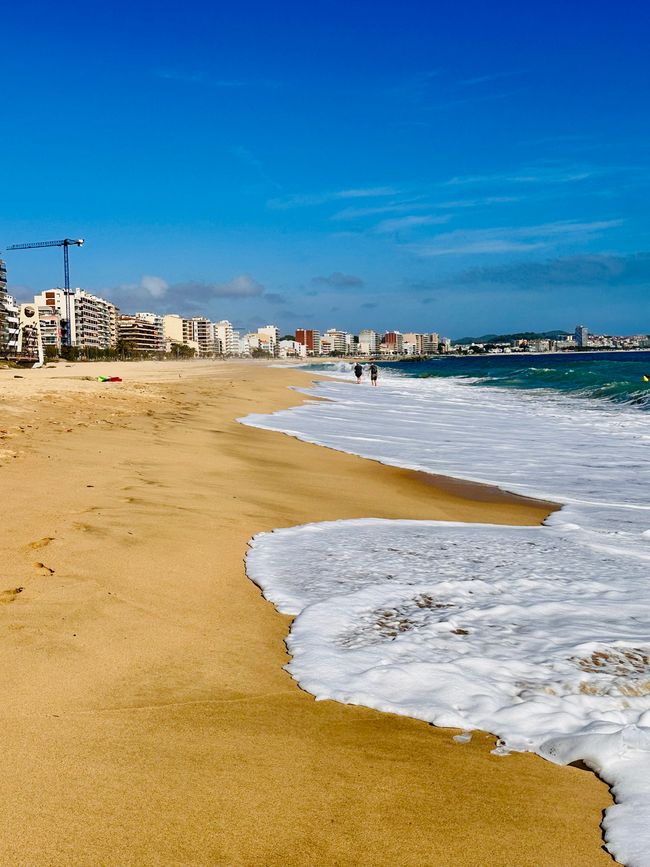
We started from Sant Antoni over the Platja de Torre Valentina towards Platja d’Aro. Today we also walked part of the coastal path GR-92 “Camina Ronda” to Cala de Roques Planes, passing by Torre Valentina and Torre Fels Perpinyà, and back again.
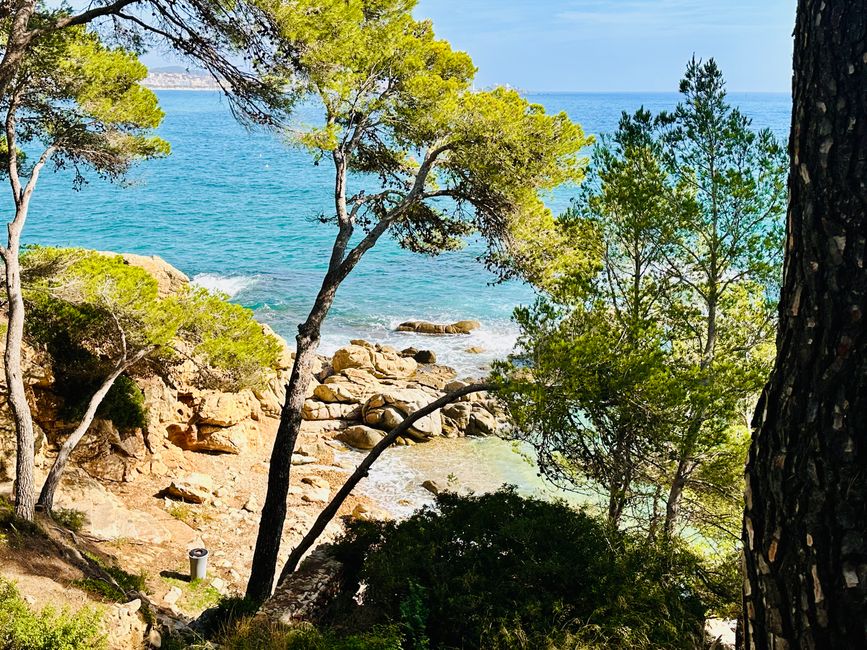
The path leads up and down constantly over narrow paths along cliffs and coves.
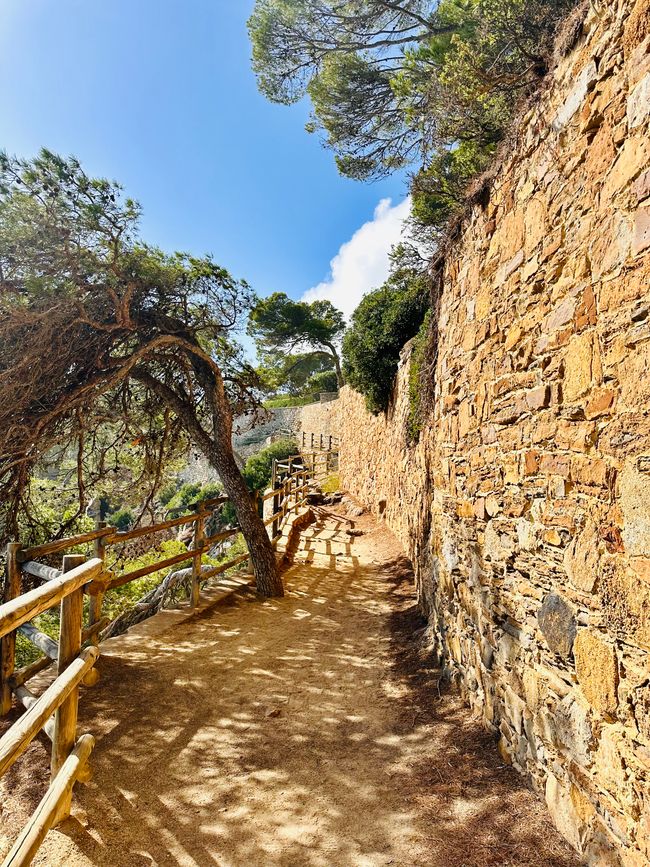
The Torre Valentina was built in the 16th century as part of the defense system against pirate raids that regularly threatened the Mediterranean coasts at that time. Towers like this were erected along the coast to warn the inhabitants of nearby villages whenever pirate ships approached. From these towers, guards could send signals to neighboring watchtowers or settlements to prepare the population for imminent attacks. Unfortunately, the background has been built over.
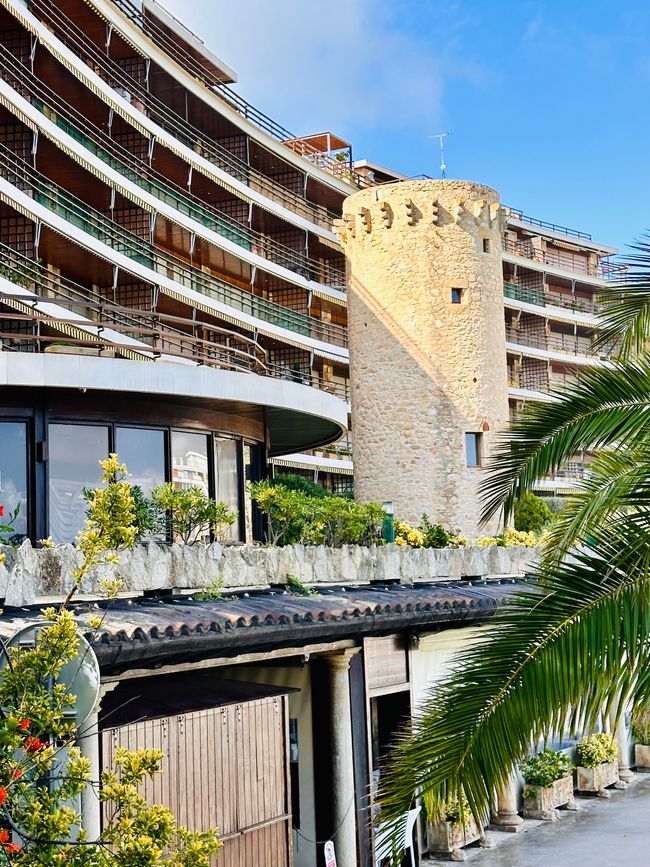
The Torre Fels de Perpynà is a less known but nevertheless historically interesting watchtower. Like Torre Valentina, this tower is also part of the historical defense structures established during the Middle Ages along the Catalan coast to protect coastal areas from pirate attacks.
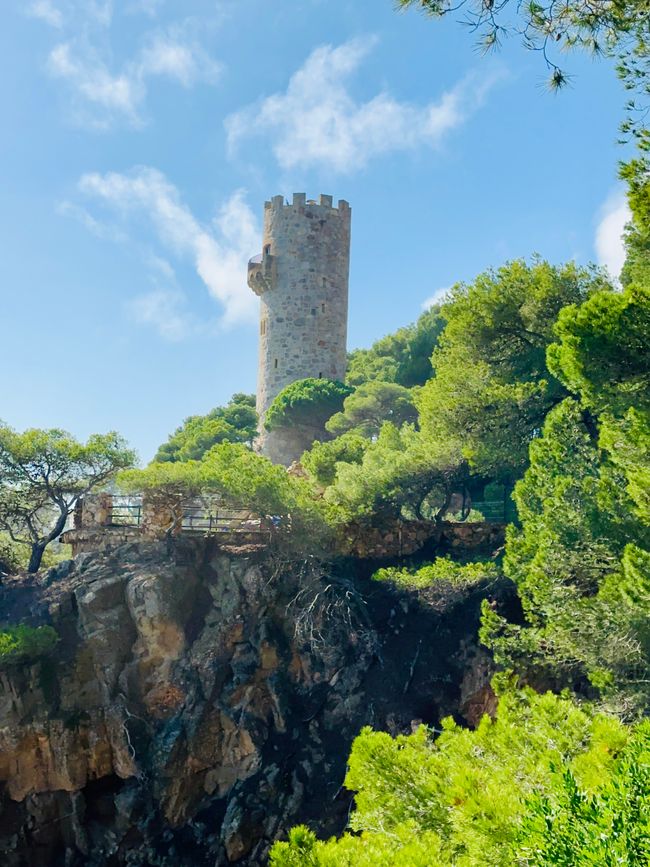
As previously mentioned in a blog, the Caminos de Ronda are hiking trails that run along the coast from Blanes to Portbou (Costa Brava). They were previously used by the police and later by the Guardia Civil to combat smuggling and extortion. A large part of the trails consists of narrow paths and can only be traversed on foot.
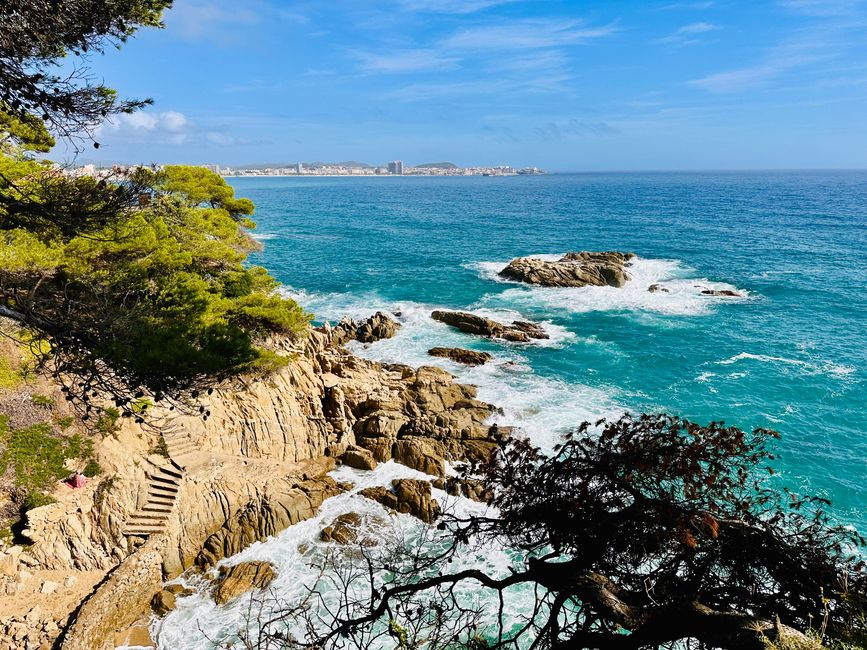
Today, the coastal path is known for its splendid views, where the intense blue of the sea merges with the green of the pines, providing shade over much of the coastal path, which is certainly pleasant in today's glorious weather and 24 degrees.
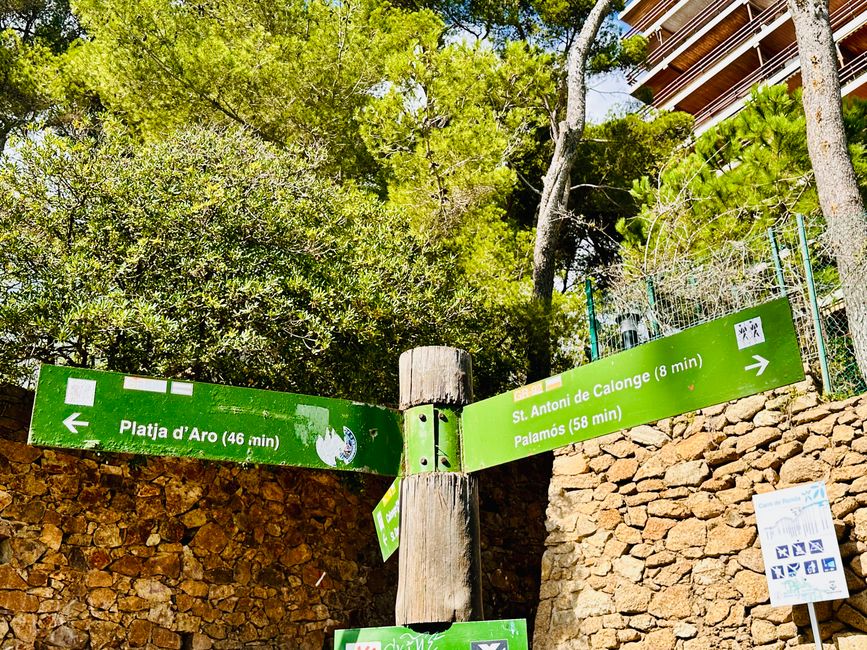
The sea at Costa Brava is the Mediterranean. The water is known for its clarity, especially in the small, sheltered coves (“Calas”). These coves are often surrounded by rocks, which reduces the currents and keeps the water calm and clear. The Mediterranean is pleasantly warm in summer, with water temperatures ranging from 22°C to 26°C. In spring and autumn, the water can be a bit cooler, but generally hovers around 18°C to 21°C. Today we only dipped our feet. Next week, warmer weather is forecasted, and we will definitely take a plunge into the water.
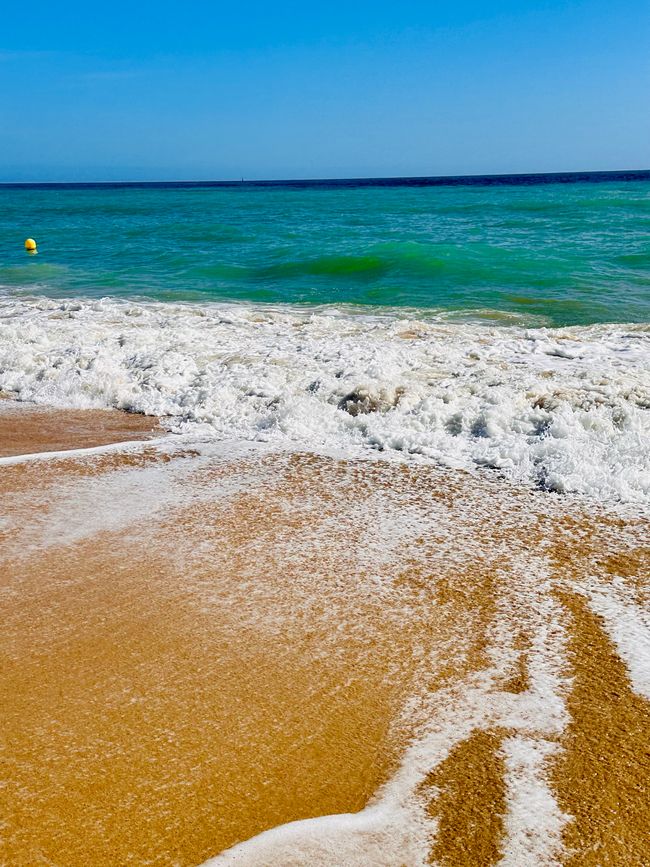
Compared to other seas, like the Atlantic, the Mediterranean is generally calmer. There are rarely big waves. Hampi still managed to get soaked up to his waist.
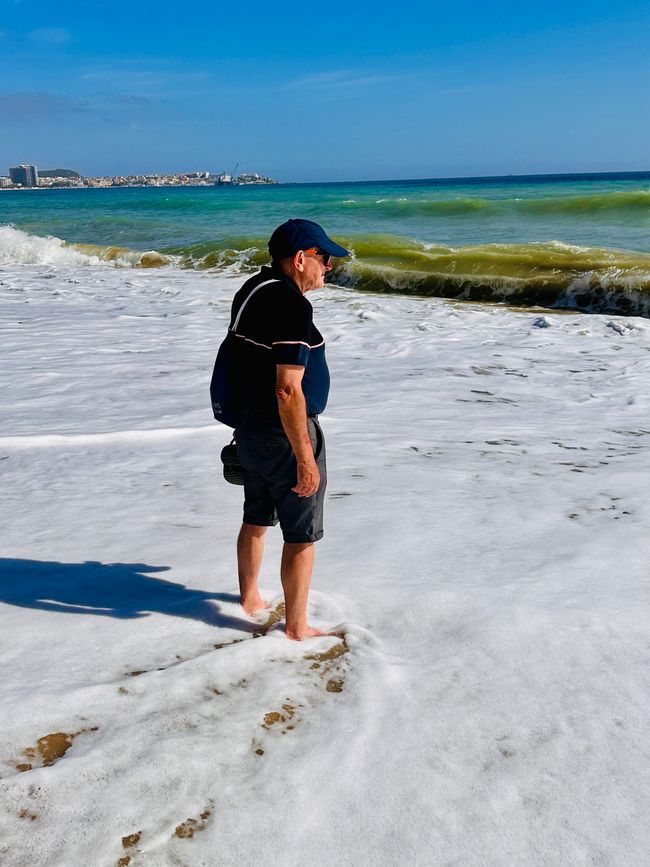
Now we have been in Mas Nou for a week and have been traveling for already 18 days. We have experienced a lot, seen many things, and made new golf friendships. We have also been fortunate with the weather. We are very grateful for all that we have experienced and for what is yet to come.
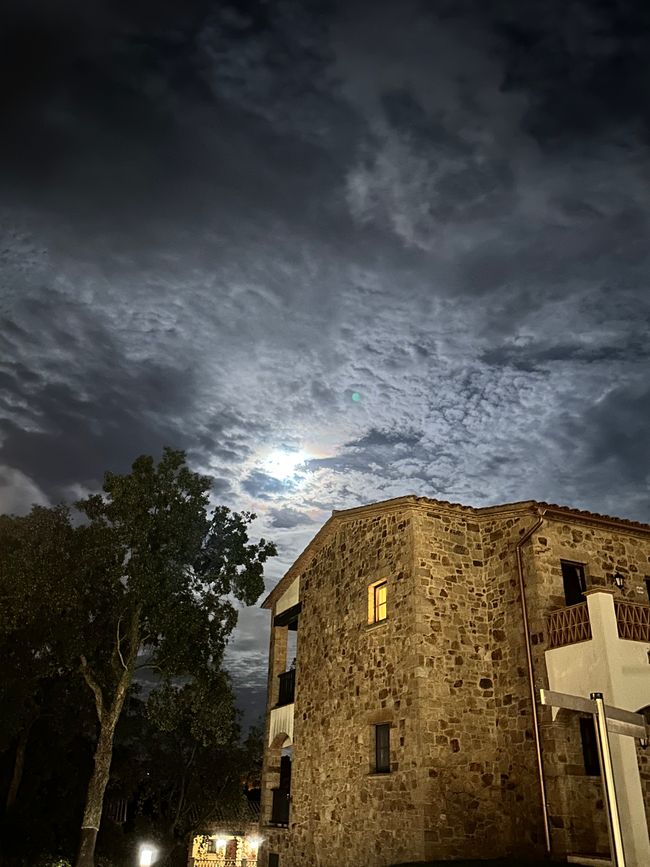
订阅时事通讯
回答
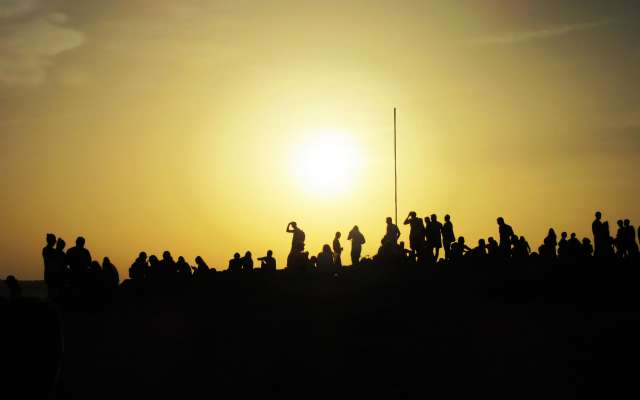
旅行报告西班牙
